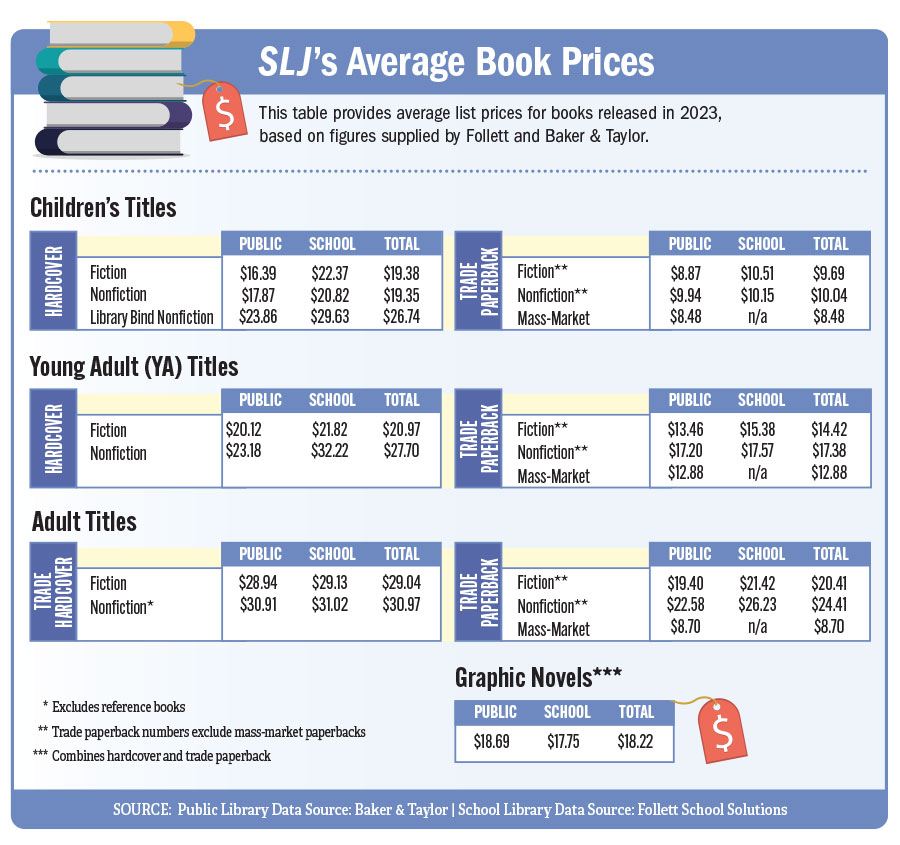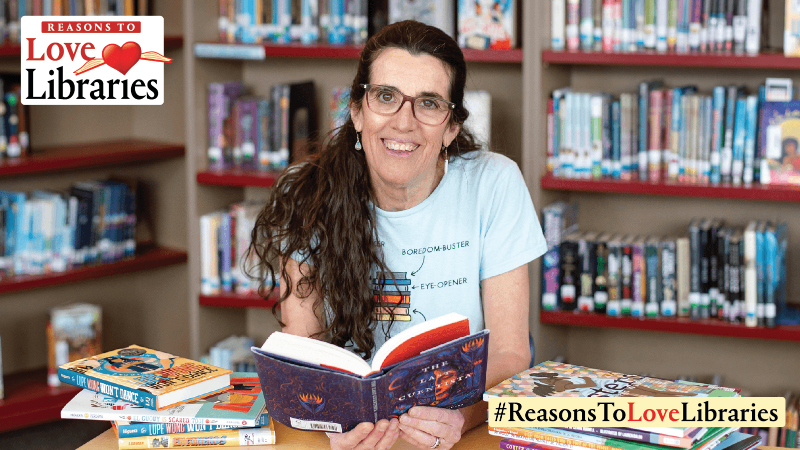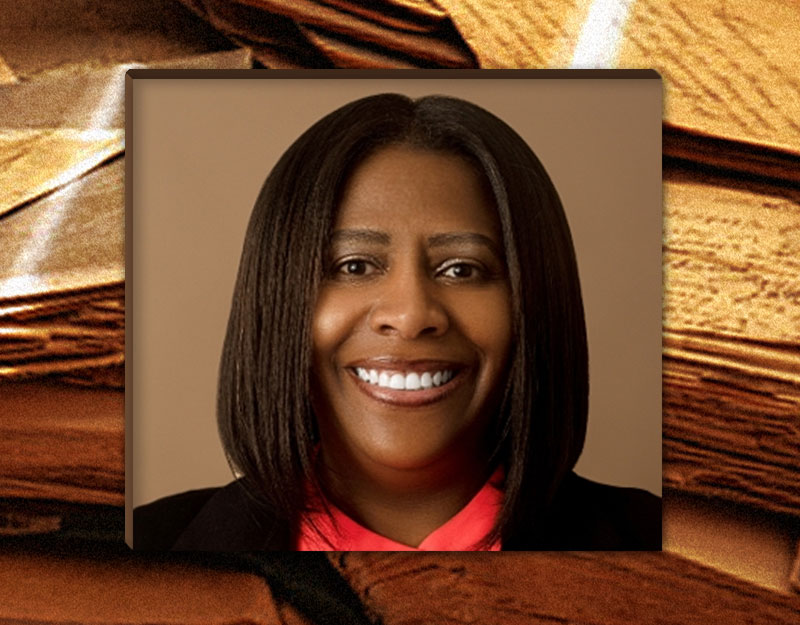Unexpected Jolts of Children’s Literature
It’s been a minute or two since I contributed something to this series! As you know, the world of children’s literature and the world of literature for adults is mighty different. Yet on occasion you might witness a bit of crossover. When adult books reference books for kids, it tends to say a lot about how the wider world views the written word for younger humans.
Today, let’s look at some recent and upcoming publications. Each one has something to say about kidlit (so to speak). Each and every last one has a point of view. But which are the good ones? We shall see . . .
ADVERTISEMENT
ADVERTISEMENT
Drawing for Illustration by Martin Salisbury
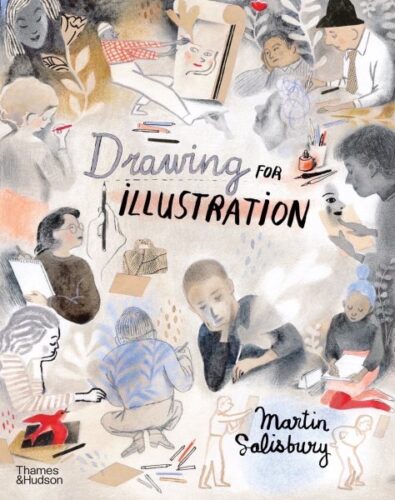
I live in a rather small house. It manages to pack three bedrooms in here, but for the most part there’s just not a huge amount of space. That’s fine. There are only four people and two cats and we make do. But the one thing that bugs me is the fact that there really isn’t enough space for bookshelves. As such, we’ve had to improvise. And one of those improvisations involves putting a floor to ceiling bookcase in the downstairs bathroom. That’s where I put all my professional materials including Martin Salisbury’s various editions of Children’s Picturebooks (2012 and 2020 respectively). I’m a fan. That book saved my skin (alongside Junko Yokota) years ago when, in a moment of hubris, I agreed to write a chapter on “picturebooks” (no space) for a Rutgers title. Now Salisbury has a new book out and I couldn’t be more excited. It just came out with Thames and Hudson and here’s their description:
“This beautiful, in-depth reference book by illustration professor Martin Salisbury explores drawing for illustration. Salisbury places a special emphasis on drawing, treating it as a fundamental skill that every illustrator should engage with. Assisting students through exercises and case studies, this guide explores the often-unseen world of draftsmanship that underpins finished illustration work.From book illustration to graphic novels and caricatures to commercial design, this attractive volume draws on sketchbooks, projects, and historical examples to show how they started as drawings from observation and drawings from imagination.Salisbury starts out by explaining the fundamentals of this exciting discipline before outlining the basic principles of line, tone, composition, and color through inspired examples. Different approaches to drawing, including anecdotal, sequential, and reportage, are examined to help students acquire their own personal visual language. Interviews with illustrators also provide valuable insights into the creative process, as they discuss the challenges, rewards, and what drawing personally means for them.”
Harry Potter and the Other: Race, Justice, and Difference in the Wizarding World by Sarah Park Dahlen and Ebony Elizabeth Thomas
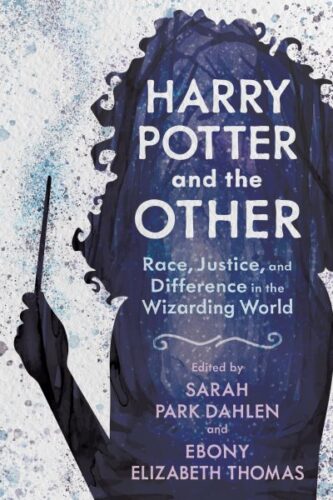
Published by the University Press of Mississippi, I was a bit dismayed to find how difficult it is to find reviews of this title out there. Fortunately the publisher provides a great deal of information on their landing page. I was a fan of Ebony Elizabeth’s The Dark Fantastic: Race and Imagination from Harry Potter to The Hunger Games and this looks to be much in the same vein. Contributors include Christina M. Chica, Kathryn Coto, Sarah Park Dahlen, Preethi Gorecki, Tolonda Henderson, Marcia Hernandez, Jackie C. Horne, Susan E. Howard, Peter C. Kunze, Florence Maätita, Sridevi Rao, Kallie Schell, Jennifer Patrice Sims, Paul Spickard, Lily Anne Welty Tamai, Ebony Elizabeth Thomas, Jasmine Wade, Karin E. Westman, and Charles D. Wilson. Here’s how the publisher describes it:
Race matters in the fictional Wizarding World of the Harry Potter series as much as it does in the real world. As J. K. Rowling continues to reveal details about the world she created, a growing number of fans, scholars, readers, and publics are conflicted and concerned about how the original Wizarding World—quintessentially white and British—depicts diverse and multicultural identities, social subjectivities, and communities. Harry Potter and the Other: Race, Justice, and Difference in the Wizarding World is a timely anthology that examines, interrogates, and critiques representations of race and difference across various Harry Potter media, including books, films, and official websites, as well as online forums and the classroom.
As the contributors to this volume demonstrate, a deeper reading of the series reveals multiple ruptures in popular understandings of the liberatory potential of the Potter series. Young people who are progressive, liberal, and empowered to question authority may have believed they were reading something radical as children and young teens, but increasingly they have raised alarms about the series’ depiction of peoples of color, cultural appropriation in worldbuilding, and the author’s antitrans statements in the media. Included essays examine the failed wizarding justice system, the counterproductive portrayal of Nagini as an Asian woman, the liberation of Dobby the elf, and more, adding meaningful contributions to existing scholarship on the Harry Potter series. As we approach the twenty-fifth anniversary of the publication of Harry Potter and the Philosopher’s Stone, Harry Potter and the Other provides a smorgasbord of insights into the way that race and difference have shaped this story, its world, its author, and the generations who have come of age during the era of the Wizarding World.
Twas the Night: The Art and History of the Classic Christmas Poem by Pamela McColl
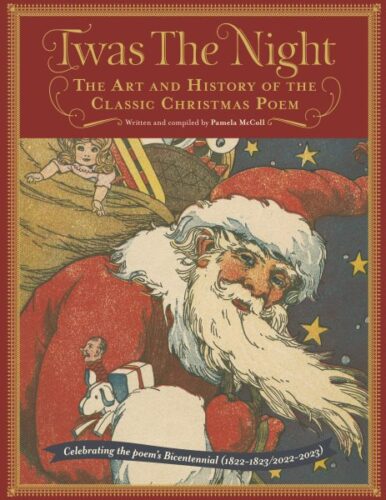
This year will see the republication of the Matt Tavares version of Twas the Night Before Christmas or Account of a Visit from St. Nicholas by Clement C. Moore. One of the things I like about that reprint is that Tavares spends a great deal of time delving in an Illustrator’s Note on the origins of this strange little poem. Of course, to get a fuller feel for it, I highly recommend that you listen to the podcast Stuff You Missed in History Class and their Christmas Triple-Feature (seen here):
But the story behind the poem has so many features that I wasn’t at all surprised to learn that the publisher Grafton & Scratch had a book on the subject coming out. Indeed Kirkus was quite fond of the book, calling it, “A delightful and informative exploration of ‘A Visit From St. Nicholas’ for the holiday season.” Here is how the publisher describes it:
“Twas The Night – The Art and History of the Classic Christmas Poem is the first cultural history to be published of the highly-celebrated poem A Visit from St. Nicholas, also known as Twas The Night Before Christmas.
The artwork and literary references presented in this publication were selected to demonstrate the way in which “The Poet of Christmas Eve” drew upon two centuries of winter cultural traditions and customs, as well as elements from the spiritual and secular sectors, in the creation of the work. Dozens of vintage illustrations were carefully chosen for this publication from the thousands of editions published over years, along with examples of works by both commercial illustrators and fine artist who were drawn to the poem’s enchanting imagery.
Over two hundred images are presented in the book including artwork by Jessie Willcox Smith, N.C. Wyeth, Norman Rockwell, Andy Warhol, N.C. Wyeth, F.O.C. Darley, and the incomparable Thomas Nast. In 2022 and 2023 the poem marks two bi-centennial milestones; first read aloud by Clement Clarke Moore of New York on Christmas Eve 1822, with its print debut appearing in the Troy Sentinel newspapers of Troy, New York for December 23, 1823.
The poem has been referred to as: “ a little masterpiece of juvenile fiction” “one of the best poems for children ever written,” “the most-published, most-read, most-memorized, and most-collected book in all of Christmas literature.” This book is a celebration of the poem’s brilliance and its phenomenon and enduring popularity.”
Shy: The Alarmingly Outspoken Memoirs of Mary Rodgers by Mary Rodgers and Jesse Green

In the midst of all her accomplishments one might be forgiven for forgetting that Mary Rodgers was the lady behind (amongst other things) Freaky Friday. Her memoir, newly released, has proven to be shockingly popular in my own library (probably thanks in large part to NPR). Here’s the official description:
“What am I, bologna?” Mary Rodgers (1931–2014) often said. She was referring to being stuck in the middle of a talent sandwich: the daughter of one composer and the mother of another. And not just any composers. Her father was Richard Rodgers, perhaps the greatest American melodist; her son, Adam Guettel, a worthy successor. What that leaves out is Mary herself, also a composer, whose musical Once Upon a Mattress remains one of the rare revivable Broadway hits written by a woman.
Shy is the story of how it all happened: how Mary grew from an angry child, constrained by privilege and a parent’s overwhelming gift, to become not just a theater figure in her own right but also a renowned author of books for young readers (including the classic Freaky Friday) and, in a final grand turn, a doyenne of philanthropy and the chairman of the Juilliard School.
But in telling these stories—with copious annotations, contradictions, and interruptions from Jesse Green, the chief theater critic of The New York Times—Shy also tells another, about a woman liberating herself from disapproving parents and pervasive sexism to find art and romance on her own terms. Whether writing for Judy Holliday or Rin Tin Tin, dating Hal Prince or falling for Stephen Sondheim over a game of chess at thirteen, Rodgers grabbed every chance possible—and then some.
Both an eyewitness report from the golden age of American musical theater and a tale of a woman striving for a meaningful life, Shy is, above all, a chance to sit at the feet of the kind of woman they don’t make anymore—and never did. They make themselves.
Purple Crayons: The Art of Drawing a Life by Ross Ellenhorn
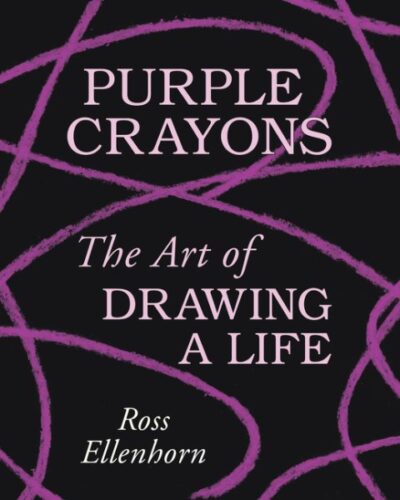
A self-help book based on, you guessed it, Crockett Johnson’s Harold and the Purple Crayon. Now here’s the kicker: According to Library Journal, it’s pretty good. They did give it a star, after all. Or, as they put it, “Sociologist and psychotherapist Ellenhorn (How We Change) gently and tenderly challenges readers to view creative tendencies as art in order to feel alive inside, ultimately coming home to one’s own self.” Put it like that and I suppose this book was only a matter of time. Here’s the description from the publisher, Harperwave:
In 1955, Crockett Johnson introduced one of the world’s most beloved and enduring young adventurers, Harold and his purple crayon. Today, we need Harold and his penchant for creative solutions more than ever. In Purple Crayons, Ross Ellenhorn looks to Johnson’s classic for insights and answers that can help us understand our current condition and point the way towards solutions for healing. Purple Crayons tells a story about America then and now, about living one’s life as art; about the powers that block us from doing so, about the pull and perils of conformity; about serious play and too much seriousness, about what it means to feel alive inside and what deadens our existence. It’s also about 1955 in America, all that lay before and—presciently—all that lay ahead, as each of us struggles to draw meaningful and resilient existences on the blank pages—the future yet unlived—of our lives.
This delightful, provocative adventure is a gift of kindness and love that encourages us and gives us hope. As he traces Harold’s journey, Ellenhorn offers insights into our “sacred originality”—the idea that each of our unique inner lives are worth nurturing and protecting, and the perseverance, courage, connection, and community necessary to sustain them. Engaging, thoughtful, wise—and illustrated throughout with drawings from the original Harold—Purple Crayons transcends the current divides separating us, reminding us that our fulfillment rests on tapping into what is original about ourselves, finding ways to express our originality, and understanding that doing so is rooted in who we are as Americans.
Life in Every Breath: Ester Blenda; Reporter, Adventurer, Pioneer by Fatima Bremmer, translated by Gloria Nneoma Onwuneme
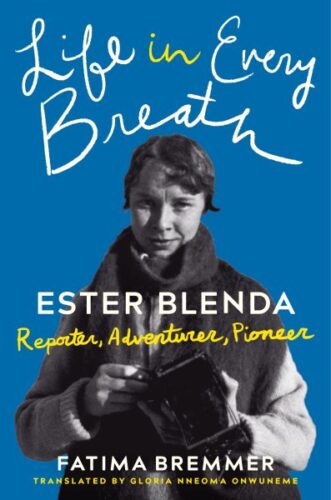
This one’s a bit sneakier than some of the others you’ll find on today’s list. After all, the subtitle says it all. Ester Blenda, born in Stockholm in 1891, was a lot of things. None of them was children’s author or illustrator. Instead (as the publisher puts it), “Under an assumed identity, she toiled as a Swedish milkmaid on a farm, lived for six months with the Indigenous Scandinavian Sami people, and journeyed to America alongside poor emigrants aspiring to a better life. She saved villages from starvation during the Finnish Civil War and joined an expedition to study volcanoes in Siberia.”
Whence the connection? I received this note from its PR person:
“It seems that every day we are rediscovering a woman of history who had pioneered in her field and then become forgotten to time or overshadowed by the men who worked alongside her. Such is the case for one of the first undercover and investigative journalists in Sweden, Ester Blenda Nordström: up until recently, she was overlooked in the history books, but her legacy lived on in the most unlikely of places, hiding in plain sight: she was the inspiration for Astrid Lindgren’s beloved children’s character, Pippi Longstocking.”
And to conclude, a quickie round-up of all the books that are odes to singular artists:
Jean Jullien by Jean Jullien
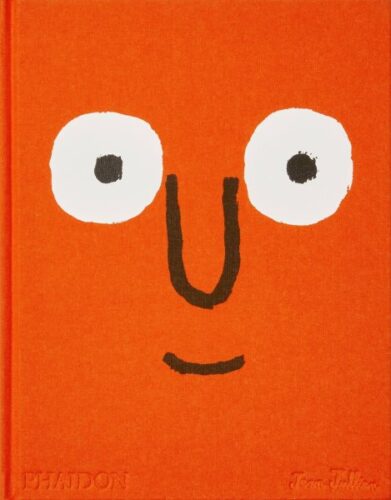
Herve Tullet’s Art of Play: Images and Inspirations from a Life of Radical Creativity

Tove Jansson by Paul Gravett
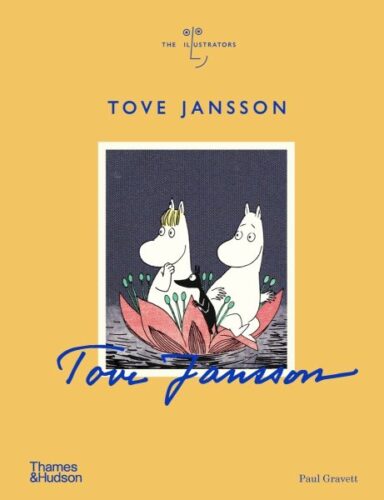
The Quentin Blake Book by Jenny Uglow
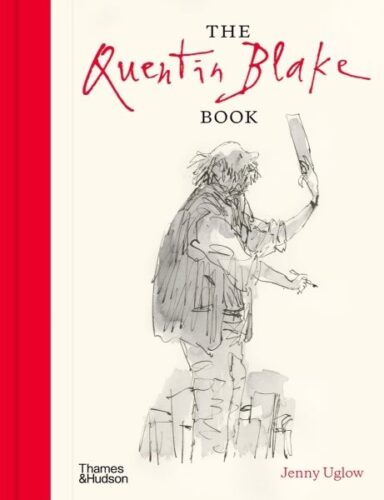
Filed under: Unexpected Jolts of Children's Literature
About Betsy Bird
Betsy Bird is currently the Collection Development Manager of the Evanston Public Library system and a former Materials Specialist for New York Public Library. She has served on Newbery, written for Horn Book, and has done other lovely little things that she'd love to tell you about but that she's sure you'd find more interesting to hear of in person. Her opinions are her own and do not reflect those of EPL, SLJ, or any of the other acronyms you might be able to name. Follow her on Twitter: @fuseeight.
ADVERTISEMENT
ADVERTISEMENT
SLJ Blog Network
2024 Books from Pura Belpré Winners
Winnie-The-Pooh | Review
Parsing Religion in Public Schools
Crafting the Audacity, One Work at a Time, a guest post by author Brittany N. Williams
ADVERTISEMENT





